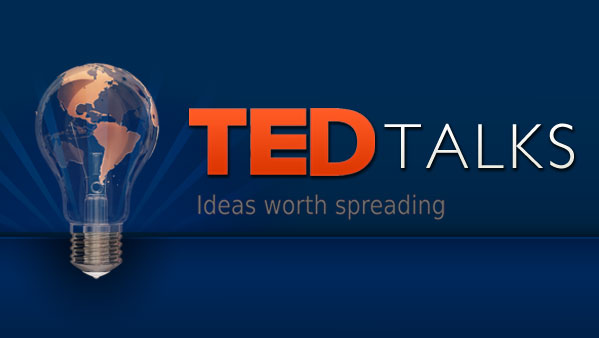I use the TED video by Chimamanda Adichie: “ The Danger of a Single Story” to teach students how to better write narrative essays and to develop voice.
Objective: Students will enhance their narrative writing skills by learning how to develop voice.
CCSS WRITING STANDARDS: Applies to grades 9-10 and 11-12
W.9-10.3
W.11-12.3
CCSS SPEAKING AND LISTENING STANDARDS: Applies to grades 9-10 and 11-12
SL.9-10.5
SL 9-10.1
SL 11-12.1
SL11-12.5
Step 1
Step 2
Students will collaborate in groups using Google Docs to discuss the video
( Here you may want to ask the students how Adichie was able to find her voice)
Step 3
Using a projector, the instructor displays the answers the groups produced
Step 4
Practice by having the students develop a brief paragraph using voice
Step 5
The instructor shows what the students came up with and discusses their results.
Step 6
Using Google Docs students edit their classmates paragraphs. By now they should have a better idea about voice
Step 7
If students are still having difficulty with voice, I have them read and discuss in groups the short story “ My Name” from Sandra Cisneros’s
“ The House on Mango Street.” https://docs.google.com/document/d/1-3G4XJ-lN7doAMtk8uuU2zbQLCeqsIhFPrEq3vs6DO4/pub or you can show them this brief video:
Step 7
Have students write a narrative essay using as key component voice



















